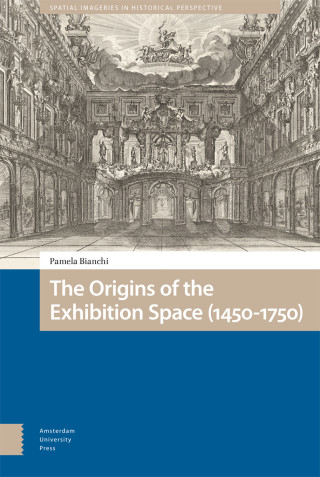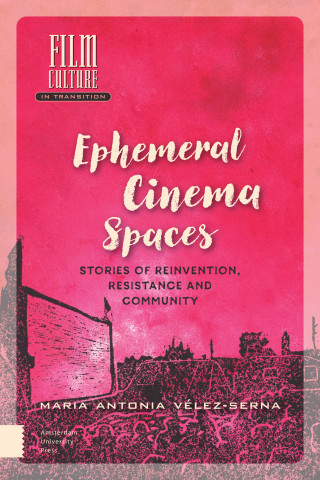This book examines the impact of space on the perception of art and visual culture in early nineteenth-century Paris. It turns its attention to the way in which space determines the understanding and the development of visual culture. The abundance of images, their status, and their employment alike offer a means to grasp the extent of the development of an approach to art which further involved the spectator. Space is here conceived as a multifaceted entity, spanning architectural, scholarly, artistic, and visual dimensions. These various aspects offer means to consider the way in which images work and are consumed, and the individual experience they represent. Space works as a link and a connecting tool between different intellectual and visual categories, and this study examines how this interaction applies to works of art as well as everyday objects.





